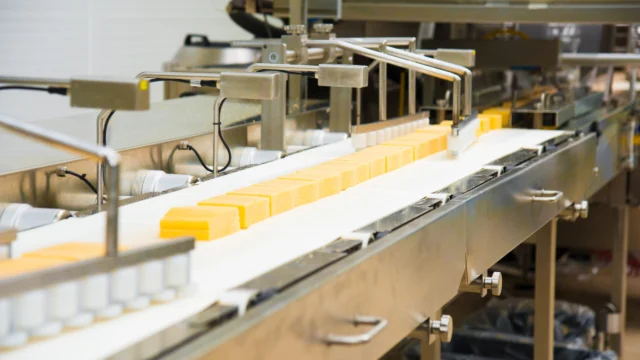What’s In a Name? How Storeroom Optimization Eliminated Excess MRO Inventory
solutions

How Storeroom Optimization and a Naming Convention Eliminated Excess MRO Inventory
Imagine you’re a maintenance professional in a global manufacturing organization. You need to place a large order for spare parts for your equipment but due to the disarray of your materials storeroom, you have no way of knowing those parts are already in stock. Picture this happening over and over again for many years, driving up the cost of your MRO inventory. Naming conventions might sound reasonably simple, or even unnecessary, but without effective methods in place any organization could experience the predicament our customer was in six months ago.
Our client, a global food manufacturer, knew the state of the materials storeroom was deteriorating. It was difficult for them to identify and locate equipment spare parts. Over the years, the situation compounded when employees purchased additional parts without correctly identifying the items already in stock. After years of this practice, the materials storeroom was full of inventory of the same items but with different names. The result? Monetary waste, obsolete stock, duplicate items, non-value stock, and difficulty locating inventory quickly. Recognizing the ramifications of these results, the organization’s leadership partnered with LCE for Storeroom Optimization services.
The LCE team quickly got to the root of the problem. They found there were no storeroom or plant policy controls in place to prevent duplication of stock items, nor was there a standard for description names. To remedy the issues, the organization’s leadership needed to take two steps. First, they needed to embrace transparency and identify correction opportunities in the current stock items. Second, they needed to enforce a standardized naming convention to avoid future stock duplication and unnecessary expense.
LCE’s Asset Management Services team undertook the optimization effort to review and standardize the naming convention for the 11,500 material items in the storeroom. The effort consisted of:
- A five-week review and organization of the SAP material master export to sort and extract the current state of the material item descriptions
- 16 weeks of a physical walk down of each item to verify and append additional data information to the description text
All additions were managed through an Excel spreadsheet tool to create a naming structure and use for future item descriptions. In a review of the final deliverables, the LCE team optimized 94% of material items with naming conventions, data additions, clarity revisions, and then prepared the items for upload into SAP.
The final deliverables from LCE to the client were:
- Spreadsheet tool of current state standardization descriptions development.
- New descriptions and additional base data text for upload into SAP
- Detailed description of the optimization process with process guidelines
- Two development tools for the creation of future material items
The team discovered 10% of inventory items were duplicates with different descriptions. Because the total inventory value was over $7M, the result was significant cost savings for the client.
With the improved, consistent material descriptions, this manufacturing organization can now minimize the unnecessary MRO expenses moving forward.

Learn more about materials management and storeroom best practices
in Life Cycle Institute’s Materials Management Course.

